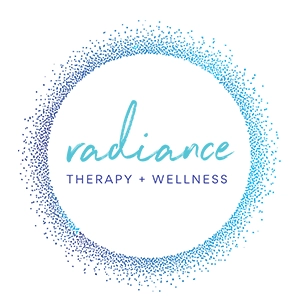Dear Community,
A client, who started seeing me two-months ago, arrived at his first session with complaints of 4-7 out of 10 chronic back pain. He had been experiencing this pain every day since November, 2019 and was at the point of considering surgical intervention. Instead, he decided to work with me to see if it would help ease his chronic pain.
After eight treatment sessions and consistent home practice this client says his pain has reduced by fifty-percent and the pain level is now between 2 to 5 on most days. He went from taking 1000 mg of Tylenol three-times per day, 800 mg of Gabapenten one-time per day, and occasionally 10-15 mg of Norco (hydrocodone/tylenol). After eight treatment sessions he is now taking one to two doses of Tylenol a day and some days won’t take anything at all. I asked this client what he has learned from working together and he said…
“the more active I am in my own healing process, the greater the sense of control I have over the situation… and that is a good thing.”
I use this example as a lead in to this month’s topic because it embodies the theme beautifully. The truth that healing often unfolds slowly, over time, with consistent practice.
Treatment solely at the area of symptoms delivers temporary results.
If the fascia (soft connective tissue) at the collagenous (dense component of fascia) level is not addressed then the tissues will likely return back to their original length. However, if the collagenous tissue is affected, it can create structural shifts in the entire system. Myofsascial release addresses the collagenous component. Furthermore, if the inflammation in the body in the first place is caused by an imbalance in the tension and compression relationship in the fascial system then that inflammation will continue to occur whenever one moves about their daily, and often repetitive, routines.
There is no one size fits all solution or magic formula.
Although there is a methodology I use in my practice, each person and each body on any given day is different. The way someone shows up in my office one day will differ from another day, even though they are the same body, there are variations in how one shows up day to day. That is why I provide balance in my treatment approach. By using methods that have demonstrated effectiveness, in my own and my mentors’ experience, while being willing to veer off course in response to what is showing up in my office.
My focus is on patience and persistence vs quick fixes.
Promising that the services I provide can make pain go away in one or two treatments would be dishonest. Although it is not impossible for partial or even complete pain relief to occur after a few healing sessions, more often than not chronic pain requires patient and persistent attention. Because healing is a process, not an event. I also think it is important to honor the “when.” When a person chooses to start this process… that is unique to each individual. And, choosing to take the journey or not isn’t a moral issue; it is simply a choice, neither right or wrong.
Why is it important to be devoted to long-term treatment?
To provide a personal example. I have been a dancer since I was five, from which I have navigated through many repetitive strain injuries. I also surf regularly and have been doing so for the last five years. There are repetitive movements I have done/do in both dance and surfing and therefore need to provide my fascia with daily self-treatment in addition to monthly hands-on treatments. I expect to do this for as long as I live so that my body can continue to perform the activities I love while providing the tissue hydration and differential gliding between soft-tissue layers via these treatments/self-treatment techniques.
Because we live in a body, and that body has repetitive demands upon it every day, our fascia responds to these movement routines to create support. It builds a kind of scaffolding for those movements we do regularly. The challenge is that it can become too dense, too rigid, too stuck and in turn does not provide easy gliding or openness in our system. These restrictions then create intense pressure (up to 2,000lb of compressive force) on pain sensitive nerves… causing us chronic pain, day after day like my client mentioned at the beginning of this post.
Healing requires ongoing practice.
In order to have an ongoing practice it can be helpful to incorporate it into your daily routine. Here are some suggestions I tell my clients early-on in our work together…
1. Start your self-care routine as soon as you can. The sooner a practice is established the more likely you will see results early-on.
2. Make self-care a habit. Pick the best time of day for you and your natural rhythms (ie; if you are a morning person, carve out 20 minutes every morning).
3. Be curious and open-minded as your body gives you cues that can assist in tracing from the symptomatic area to the root cause.
Lastly, I will leave you with a few simple practices you can try…
Upper Trapezius Release Part 2
Most importantly, be tender, be kind, and be forgiving… your body is your temple and it deserves your unconditional love.
I would love to hear your thoughts!
Feel free to leave a comment or reach out to me directly at: jaharasara@wildradiance.net
Image credit: Tyler Milligan

